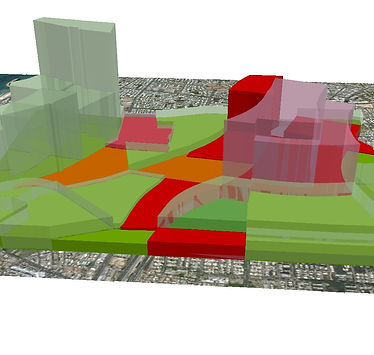DysTrubd
//////////////////////////////////////////////////////////////////////////////////////////////////////////////////////////////////////////////////////////////////////////////////////////////////////////////////////////////////////////////////////////////////////////////////////////////////////////////////

The goal of the Dynamic Simulation Tool of Urban Disasters (DySTUrbD) is to provide planners, decisions-makers and urban authorities with decision assisting outputs in the wake of an urban disaster. Basing itself on the behavior of citizens, defined according to simple rules, the tool provides professionals with outputs that point to emerging patterns of influence within the urban system over short and long periods of time after the event.The tool is integrated into a user-friendly desktop-based application, currently under development. The urban environment is set by default to the location and urban system defined pre-download by users, thus creating a custom-made version of the application. Within each scenario, users have the freedom to control the type of hazard, the characteristics of the scenario and intervention policies, such that different occurrences can be simulated and compared. Apart from displaying a dynamic output while the simulation is being processed, the tool also presents users with interactive graphics. These graphics summarize the short and long term influences on different systems in the city, including traffic, the land-use system, housing stock, commercial activity, urban morphology, and more. Running multiple scenarios and comparing their influences allow planners and urban managers to test the effectiveness of different interventions and to better understand the mechanics of the recovery process.

